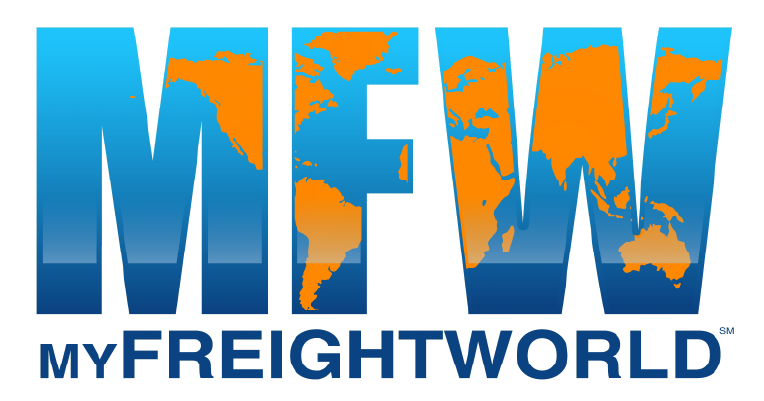
Preventing Damage and Claims:
Shipping via less-than-truckload (LTL) exposes freight to frequent handling, shifting, and environmental stress. Unlike full truckload (FTL) shipping, LTL freight passes through multiple terminals and is loaded and unloaded repeatedly. Without robust packaging and clear labeling, goods are highly vulnerable to damage, delays, and costly claims. Here’s how to protect your freight from terminal to final mile.
Why LTL Freight Faces More Risk
LTL freight travels through a hub-and-spoke system. Each transfer exposes your shipment to:
- Punctures and abrasions from contact with other freight or material-handling equipment.
- Compression due to stacking and strapping.
- Shock and vibration from drops or road movement.
- Environmental exposure like humidity, condensation, or temperature swings.
You’re responsible for ensuring freight meets National Motor Freight Classification (NMFC) packaging requirements. Failing to meet them can void claims.
1. Build Durable Packaging
Outer Packaging
- Use strong, size-appropriate containers.
- Avoid fiberboard that’s more than six months old or exposed to humidity.
- Crates must use seasoned lumber, interlocking corners, and diagonal braces.
- Pallets must support four-way forklift entry and have bottom deckboards.
Inner Packaging
- Fill all void space to prevent movement.
- Cushion contents with foam, air pillows, or honeycomb pads.
- Stack boxes column-style (corner to corner), not interlocked.
Sealing
- Use the H-taping method for boxes.
- Crates should use coated nails (0.099 in) or screws (0.105 in) for better grip.
2. Choose the Right Cushioning
Match materials to product sensitivity:
- Foam: Shock absorption for electronics or fragile goods.
- Bubble wrap or polyethylene foam: Flexible and moisture-resistant.
- Paper-based honeycomb: Great for vibration and recyclability.
- Foam-in-place: Conforms to irregular shapes.
- Avoid foam peanuts—they settle and lose cushioning.
Use edge and corner pads at least 2 in. thick and 6 in. wide. Test cushioning in real shipping scenarios.
3. Palletize for Strength and Stability
Pallet Setup
- Always use four-way entry pallets with bottom deckboards.
- No broken boards or protruding nails.
- Avoid overhang; it cuts compression strength by 32%.
- Don’t exceed the pallet’s rated weight limit.
Stacking and Stabilizing
- Column-stack boxes for maximum strength.
- Insert tie sheets between layers (corrugated, plywood, or plastic).
- Use full-length corner boards to protect edges and improve vertical load strength.
Wrapping
- Machine-wrap stretch film from bottom to top, overlapping 40–60%.
- Pre-stretch film to 80% for maximum hold.
- Anchor film to the pallet with 3 in. overlap or stretch-roping.
- Use X-wrapping on heavy loads.
Banding
- Strap tightly using polyester or steel straps with edge protectors.
- Never strap over pallet entry points.
- Use chocking for lateral load security.
4. Materials and Fasteners That Last
- Softwood: Use #3 Standard grade or better, <20% moisture.
- Hardwood: Use #3A Common grade; no large knots.
- Plywood/OSB: Use Structural 1 exterior sheathing, fasten every 6 in.
- Avoid MDF or low-grade OSB—they don’t hold up in LTL.
- Use coated fasteners and never rely on end-grain connections.
5. Specialty Packaging Advice
- Bagged goods: Use solid load protectors.
- Tires: Band and wrap securely with tie-on tags.
- Engines: Drain fluids, bolt down, cushion, then wrap.
- Long items: Use chamfered crates; never band directly to a pallet.
- Large flats (doors, artwork): Brace upright on A-frame pallet designs.
- Electronics/medical: Crate, cushion, bolt down, and band.
6. Labeling and Documentation
Labeling Best Practices
- Remove old labels before reshipping.
- Label every piece clearly (e.g., “1 of 3”).
- For long freight, label both ends.
- Apply labels on forklift-accessible sides.
- Use orientation symbols (e.g., “This End Up”).
Handling Labels
- Use clear, standardized labels like “Fragile,” “Handle with Care.”
- Freight should survive even if stacked, regardless of labels.
- Shock/tilt indicators help but don’t validate claims.
Documentation
- Include BOL, invoices, customs forms, and insurance docs.
- Use a weatherproof pouch and keep photo records pre/post-shipment.
7. Final Risk Controls
Final Inspection Checklist
- Load stable?
- Labels clear and legible?
- No broken pallets or loose wrap?
Testing and Evaluation
- Work with carrier packaging engineers.
- Use ISTA or ASTM testing to validate packaging performance.
Train Your Team
- Make sure teams know how to package, stack, label, and document.
- A well-trained team reduces costly mistakes and claims.
Final Takeaway
LTL is tough on freight. The best defense is strong packaging, smart labeling, and well-trained staff. With these practices in place, you’ll reduce damages, avoid costly claims, and keep your reputation intact.
